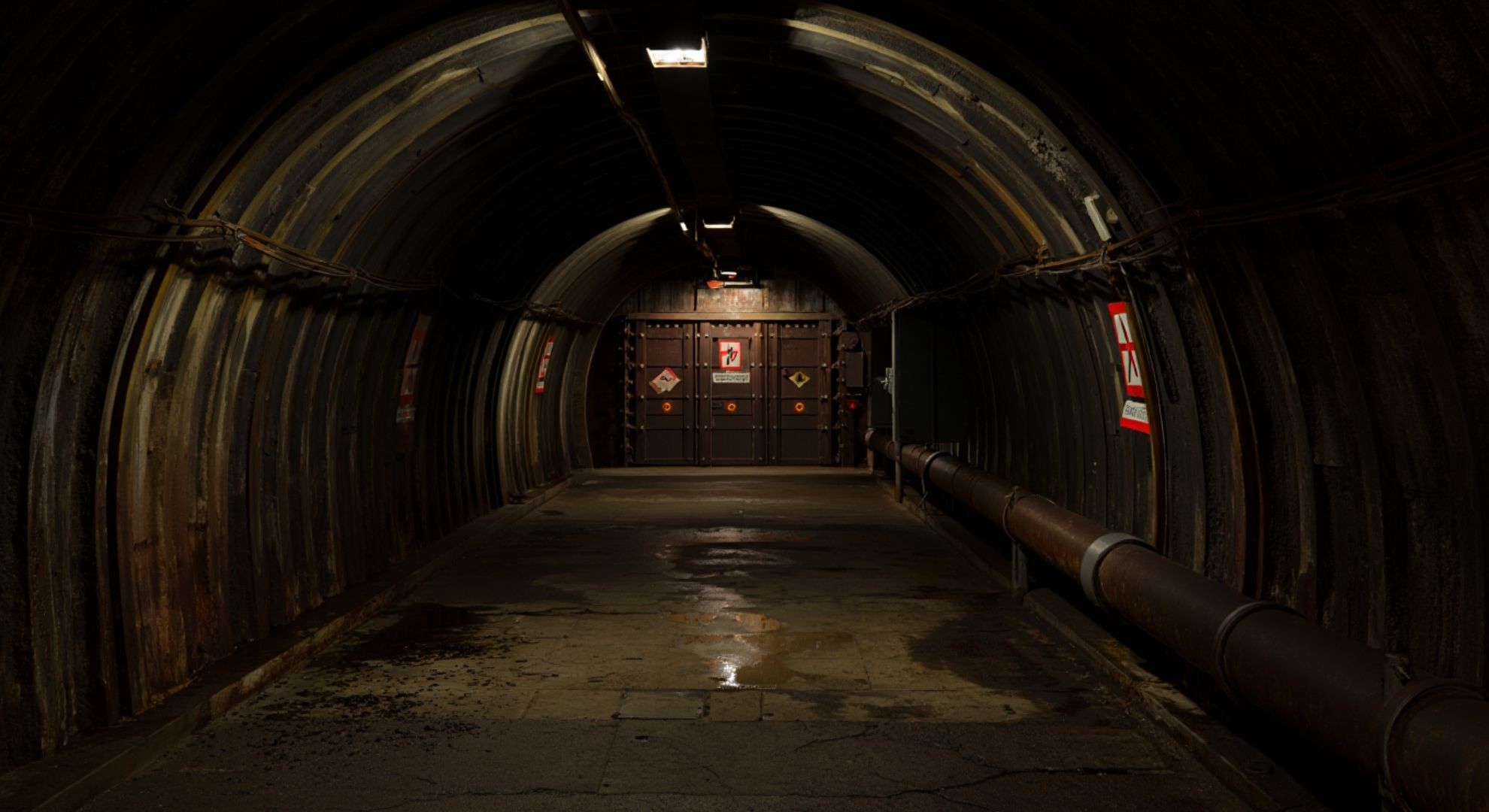Auckland is a city built on volcanoes, harbours, and layers of history. But beneath its busy streets lies something most residents have never seen: a mysterious tunnel whose origins remain shrouded in secrecy. While tourists flock to the Sky Tower and waterfront, few know that underfoot runs a hidden passage that sparks whispers and speculation.
A forgotten part of the city
The tunnel stretches under a central part of Auckland, carved decades ago yet rarely acknowledged. It is not marked on standard maps, and official mentions are scarce. For years, only a handful of engineers, council workers, and urban explorers have known of its existence.
Locals who stumble on references to it often ask the same question: Why doesn’t anyone talk about it?
Theories about its purpose
The lack of public information has led to multiple theories about why the tunnel was built. Some believe it was a wartime shelter, others suggest it was part of a utility network, while a few think it may have been linked to early transport experiments.
What is clear is that the tunnel is old, its walls bearing marks of time and water, and it has been sealed to prevent casual entry.
Comparing Auckland’s hidden places
| Site | Purpose in history | Current status | Public access |
|---|---|---|---|
| Mysterious tunnel | Unknown, theories abound | Sealed, off-limits | None |
| Albert Park tunnels | WWII air raid shelters | Occasional tours | Limited |
| Victoria Park undergrounds | Early infrastructure storage | Restricted | None |
This table highlights how Auckland hides more than one underground secret — but the unspoken tunnel remains the most puzzling of all.
What little is known
City workers who have been inside describe a long, narrow passage with concrete walls, dripping moisture, and occasional alcoves. There are no signs or plaques explaining its purpose, only silence and decay.
Photographs are rare, and those who share them online often spark heated debates about whether the tunnel should be opened to the public.
Why no one talks about it
Some believe the city prefers not to acknowledge the tunnel because of safety risks. Others suggest the lack of conversation comes from bureaucratic silence — that it’s simply easier to ignore than to explain.
Urban legends add fuel: stories of people sneaking inside, of strange echoes, or of secret connections to other hidden spaces. None are proven, but they make the tunnel even more intriguing.
What makes it fascinating
There’s something universally captivating about forbidden spaces. The tunnel represents what lies beneath, unseen yet ever-present. It challenges our perception of Auckland as a modern, transparent city by hinting at secrets buried below.
For many, just knowing it exists changes how they see the streets above.
The call for preservation
Historians argue that even if the tunnel’s origins are mundane, it remains a valuable piece of Auckland’s heritage. Recording its history, stabilising its structure, and eventually creating safe access could turn it into an educational attraction similar to the Albert Park tunnels.
But for now, its status remains unchanged: closed, unspoken, a relic waiting to be rediscovered.
“Sometimes the most powerful stories are not the ones we see in daylight, but the ones buried in silence beneath our feet.”
A secret that lingers
Whether it was built for war, transport, or something else entirely, the tunnel beneath Auckland continues to fuel curiosity. Until more is revealed, it will remain one of the city’s quietest mysteries — hidden just below the surface of daily life.
